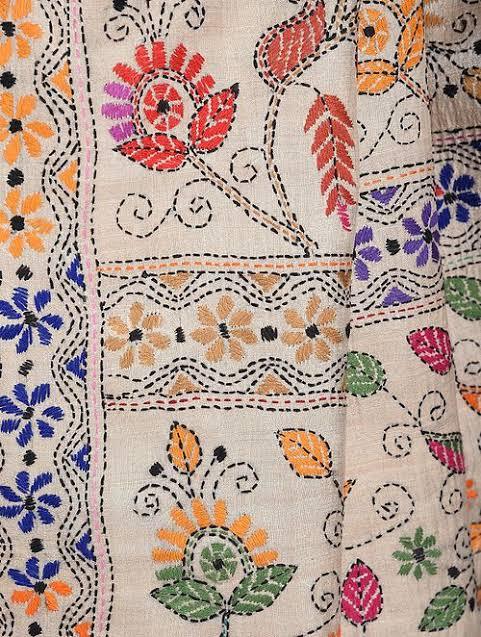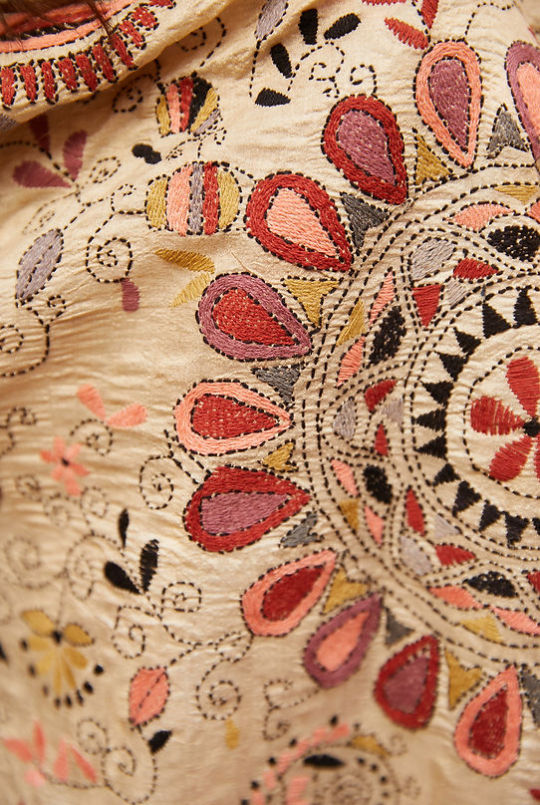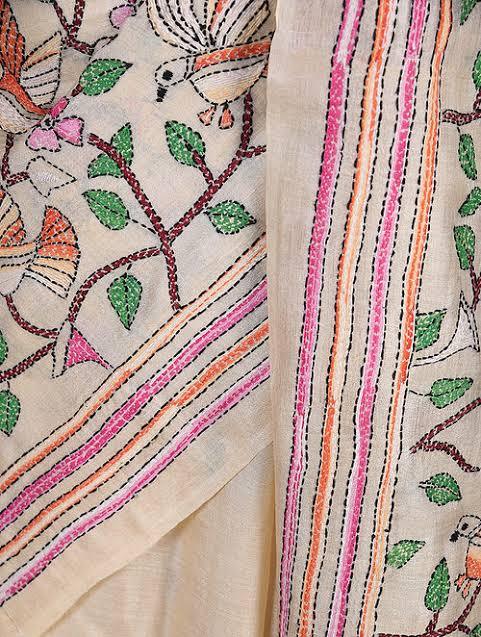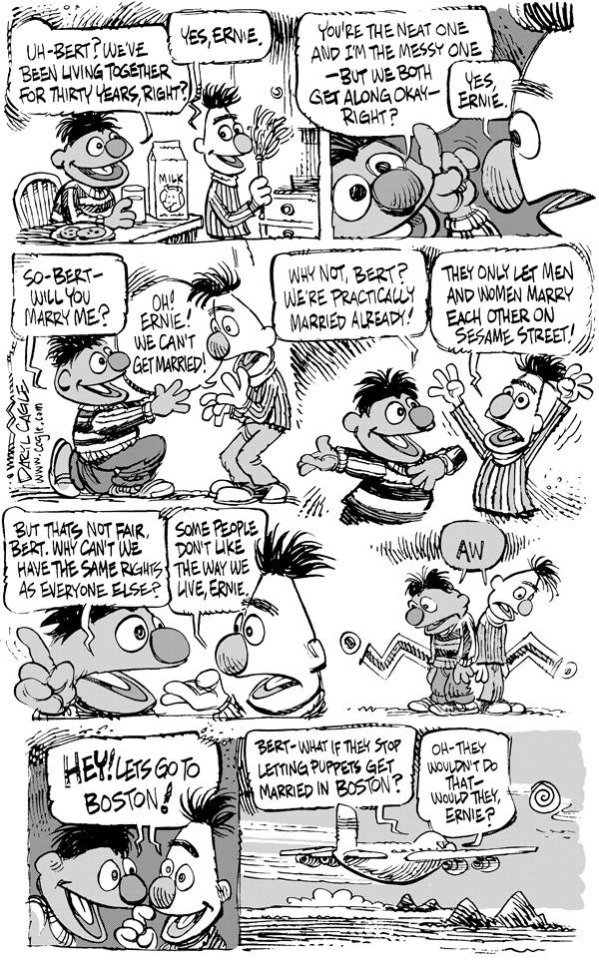Text
i don’t know how to explain to you people that no matter what a country’s government is like i do not and will not support the US indiscriminately bombing that country’s civilians and i don’t know why that’s a controversial take tbh
16K notes
·
View notes
Text
WEEE!! WEEEE!!! WEEE!!! YAYYY!! YIPPIE! WAHOO! AWAWAWA!!! WEE WEE WAA WAA WAA! ZWEEM !! BABABABA! YAHOOO WEE YAY WYEE !! WEWEWEE!!

51K notes
·
View notes
Text

The clearest image of Venus ever taken !
by Japan's Akatsuki spacecraft
2K notes
·
View notes
Note
i will lick yuour Poosay for €4.
Whaddaye say?
Sloppy Astyle??
(quite an alluring ofer if i do sayso myzelf……..
line 1: german pervert
line 2: scottish pervert
line 3: italian pervert
line 4: average frenchman
7K notes
·
View notes
Text









Kantha (Bengali: কাঁথা) is a form of embroidery originating in Bengal region, i.e. Bangladesh and the Indian states of West Bengal, Tripura and parts of Assam. It has its roots in nakshi kantha, an ancient practice among bengali women of making quilts from old saris and rags by sewing them together. In modern usage, kantha generally refers to the specific type of stitch used. The kantha needlework is distinct and recognised for its delicacy. The stitching on the cloth gives it a slightly wrinkled, wavy effect. Today, kantha embroidery can be found on all types of garments as well as household items like pillowcases, bags and cushions.
While it is an increasingly diversifying art form, traditional kantha embroidery motifs are still sought after. Traditional kantha embroidery is two-dimensional and are usually of two distinct types: geometric forms with a central focal point, carried over from the nakshi kantha tradition and influenced by islamic art forms; and more fluid plant, floral, animal and rural motifs with stick-figure humans depicting folklores and rural life in Bengal.
1 / 2 / 3 / 4 / 5 / 6 / 7 / 8 / 9 | textile series
2K notes
·
View notes
Text
Bystander Intervention Training
so, the US just attacked Iran, and that is fucking terrible. Something we all need to think about right now is how we can stop the harassment and violence against Muslims and Arabs in the US that got so much worse in the early 2000s from happening again to people now.
To that end, I wanted to share some resources on Bystander Intervention. One of the biggest things I learned from training like this is that there are many ways to intervene, and they don't all involve putting yourself in front of the person who may harm you or others. It's ok if you feel intimidated by that because there are more ways to help! And once you do the training, it might not be so scary.
Right to Be has Bystander trainings based on the 5Ds of Bystander Intervention (Distract, Delegate, Document, Delay, and Direct). The trainings are free!! sign up here.
I took one of their trainings a few years ago (when the org was called Hollaback!) and it was really very good, they have trainings at multiple levels and focused on various topics. They also partner with other orgs to focus on specific issues (like anti-AAPI harassment and with CAIR Chicago for anti-Muslim harassment, etc.).
Here are a few more resources:
APA Bystander Intervention Tip Sheet
RAINN Practicing Bystander Intervention
I think I'll sign up for one as a refresher.
6K notes
·
View notes
Text
i hope luigi mangione is proven innocent & gets to sue a ton of companies for slander and win & i hope he gets enough money to rebuild his life and get any help for his chronic pain that he needs & i hope he’s able to disappear from the public eye entirely if that’s what he wants
41K notes
·
View notes















